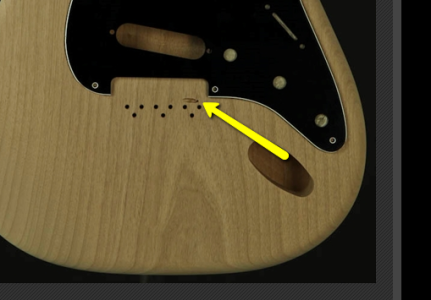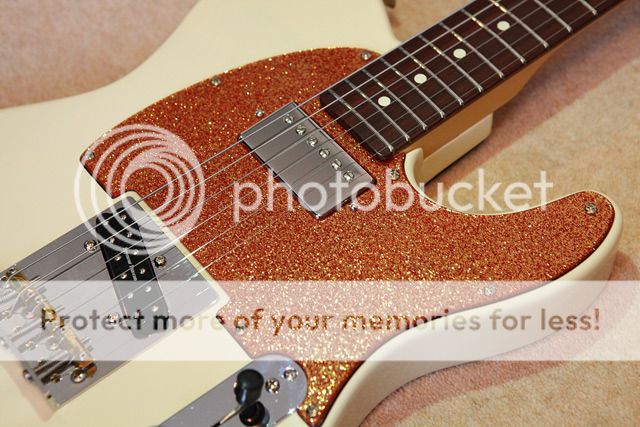Jeff the music teacher
Newbie
- Messages
- 1
Hi,
I'll be getting a HSH strat body from Warmoth in few weeks with a hardtail Fender American standard flatmount bridge. I don't beleive the body is drilled for a ground wire to be solder after the bridge... What do you suggest me to do in order to be able to ground it?
Thanks
Jeff
I'll be getting a HSH strat body from Warmoth in few weeks with a hardtail Fender American standard flatmount bridge. I don't beleive the body is drilled for a ground wire to be solder after the bridge... What do you suggest me to do in order to be able to ground it?
Thanks
Jeff





